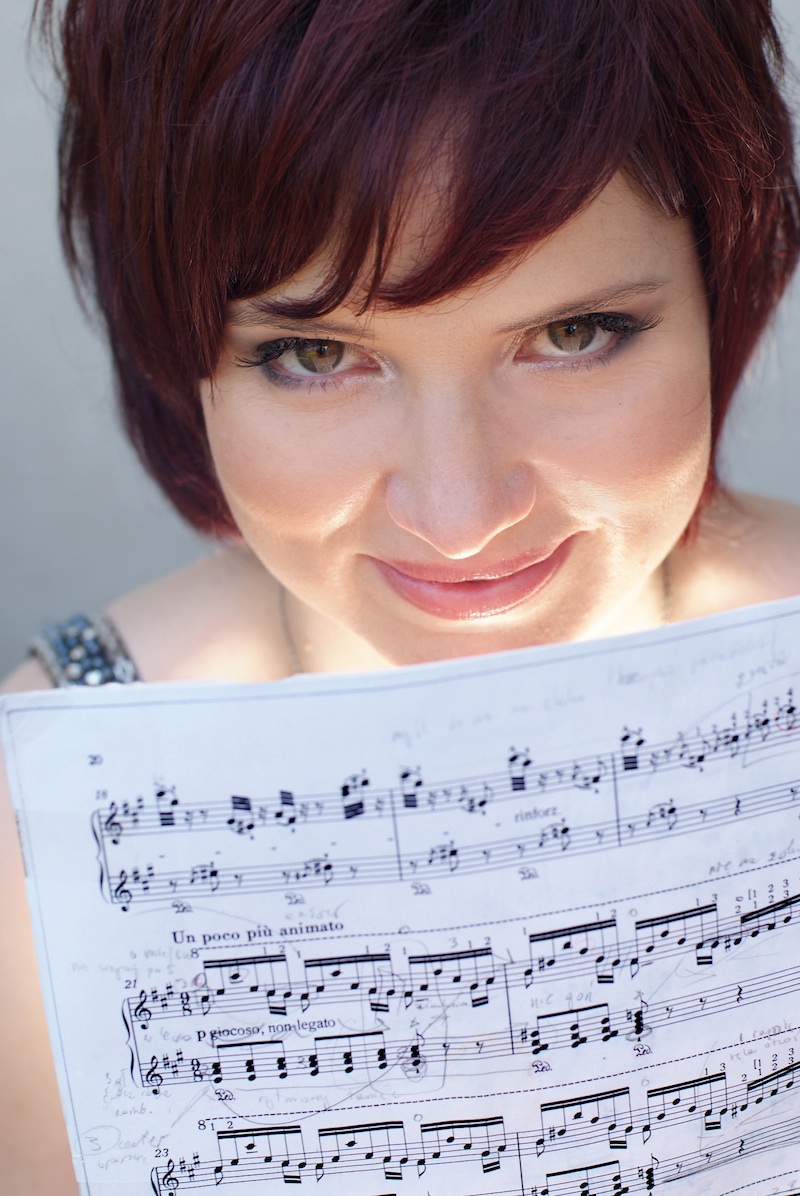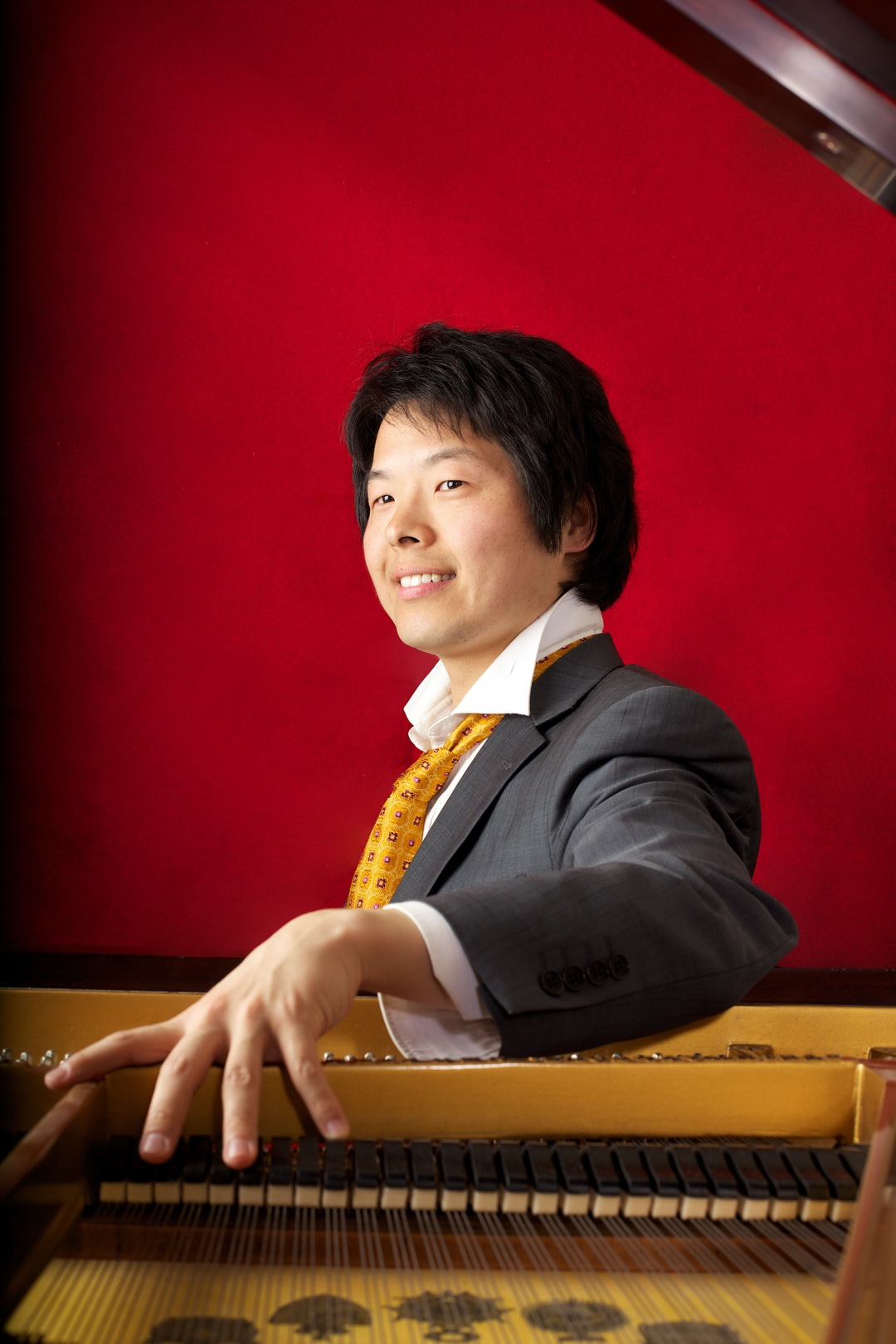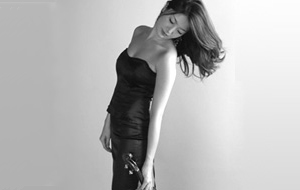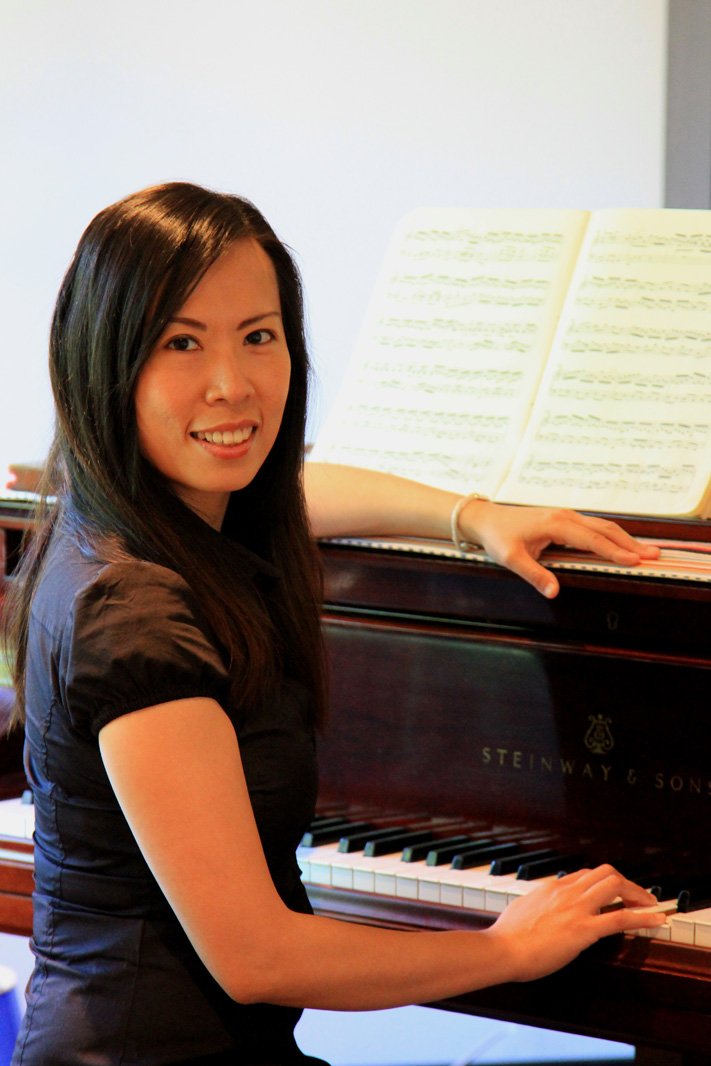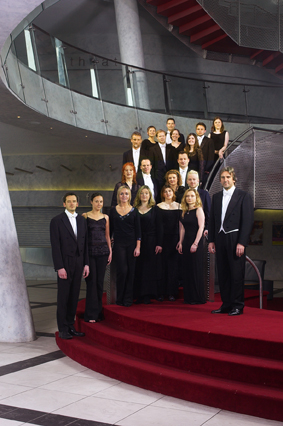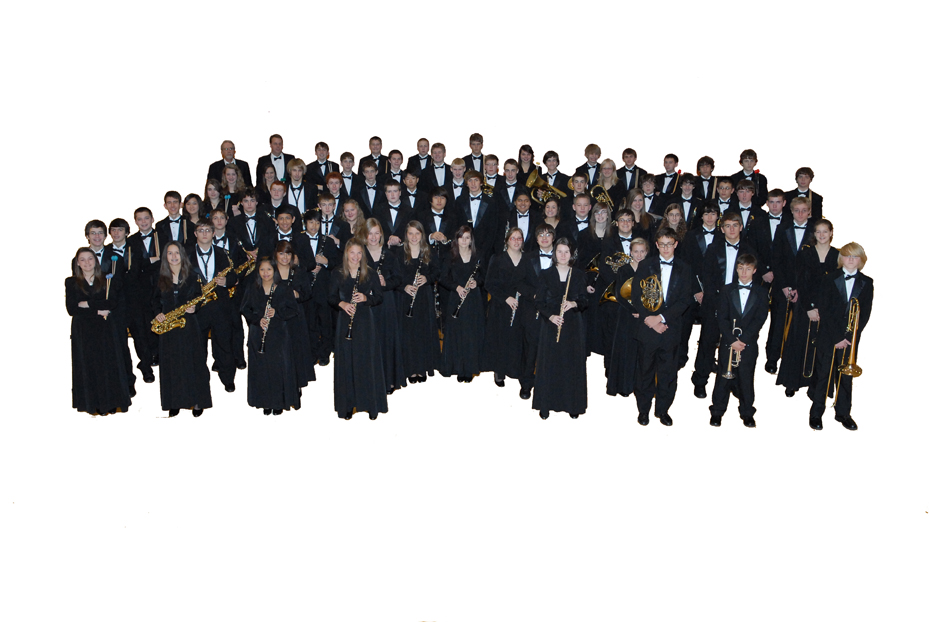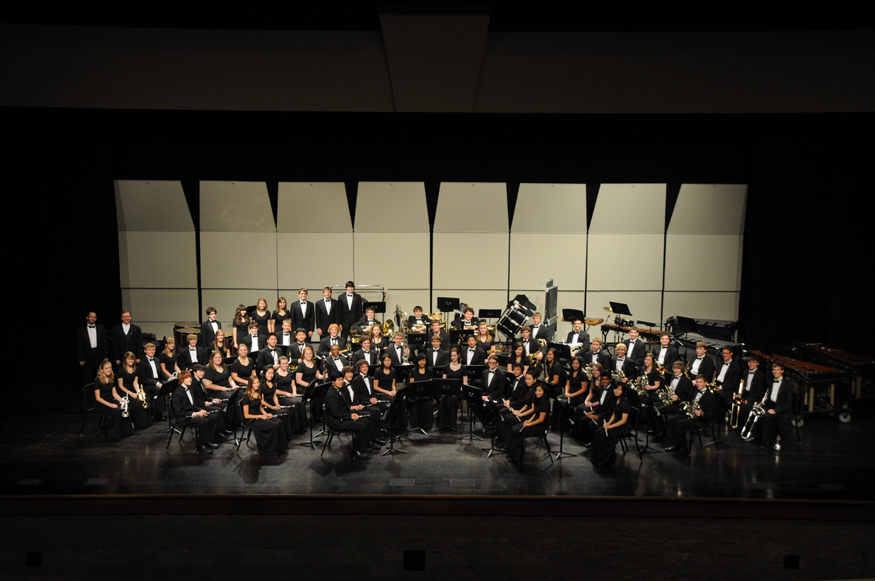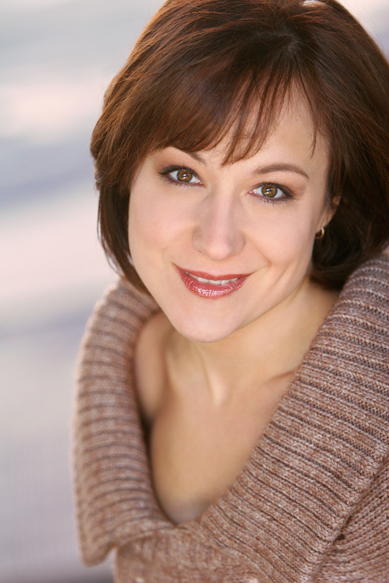Under the auspices of the Kosciuszko Foundation, Polish-Canadian pianist Katarzyna Musial gave a colorful and varied Sunday afternoon program that included Messiaen, Chopin, Lutoslawski, and Mussorgsky. Possessing a lovely stage presence , Ms. Musial also chose well for her opening works: two Messiaen Preludes, “La colombe” and “Un reflet dans le vent.” The pianist entered with fluency and ease into the ethereal harmonic colors of the French master, and although she encountered a somewhat bright and inconsistent instrument—in a hall with bright acoustics to boot—she achieved good results. The second Prelude was shimmering and brilliant; I would love to hear Ms. Musial perform all the Messiaen Preludes, as she has a natural affinity for this music.
The next selections by her fellow Polish musician Lutoslawski were equally impressive. Bukoliki, five folk-inspired pieces totaling about five minutes, are in a similar vein to some of Bartok’s miniatures and are sometimes treated condescendingly as folk trifles. What I liked about Ms. Musial’s interpretations, though, was that she plumbed the Bukoliki’s emotional depths, imbuing them with warmth. It is good to remind listeners that small pieces can carry large emotions and she did just that.
The Chopin Sonata that followed, Op. 35 in B-flat minor, was a bit disappointing after such a promising beginning. It is difficult to plunge into what is nicknamed the “Funeral March Sonata” (for obvious reasons) on one of the first beautiful spring days of the year. Perhaps concentration was a challenge, but there seemed a lack of involvement, a somewhat lackluster approach to the stunning drama of the work, plus there was a memory lapse or two that must have rattled Ms. Musial further. It also may not have helped that the piano in the Kosciuszko Foundation auditorium is quite different from register to register. The left hand seemed to overwhelm the right and some of the transcendent treble lines were not sustained with the necessary cantabile sound. One knows that Ms. Musial can sustain emotional interest in singing lines, as she had shown in some of the slower parts of Lutoslawski and Messiaen, but one hoped for more in the Chopin. The last movement, likened to “wind over the graveyard”, resembled a heavily pedaled etude, needing more of the atmosphere that the Messiaen had.
If one started wondering whether Ms. Musial’s strongest niche might be in the more programmatic, impressionistic, or coloristic repertoire such as her Messiaen, her second half of Mussorgsky’s “Pictures at an Exhibition” reinforced that idea. The movement from “Il Vecchio Castello” was wonderfully evocative; “Tuileries” was vividly detailed; and “Ballet of the Unhatched Chicks” was a pure delight, fleet-fingered and energetic. The Promenade sections were in general solid and, with the exception of some messiness in “The Hut on Fowl’s Legs” by Baba-Yagá, the work was a good close to what was all in all a fine and promising recital.

